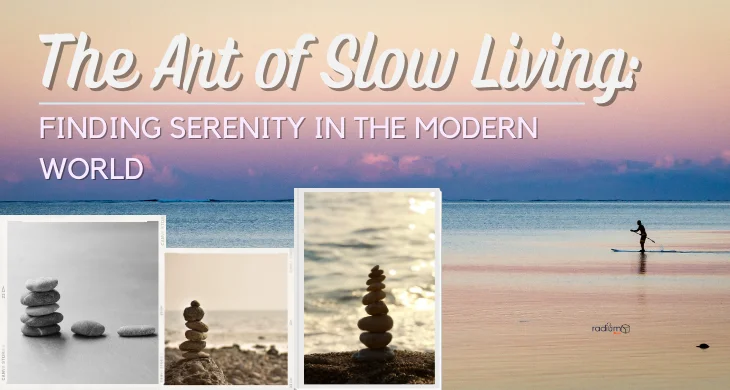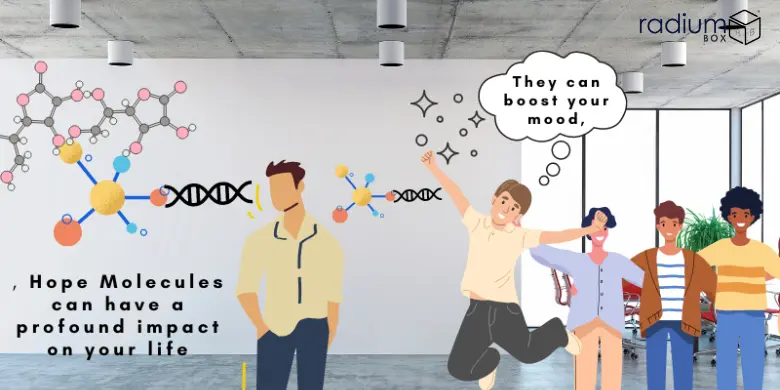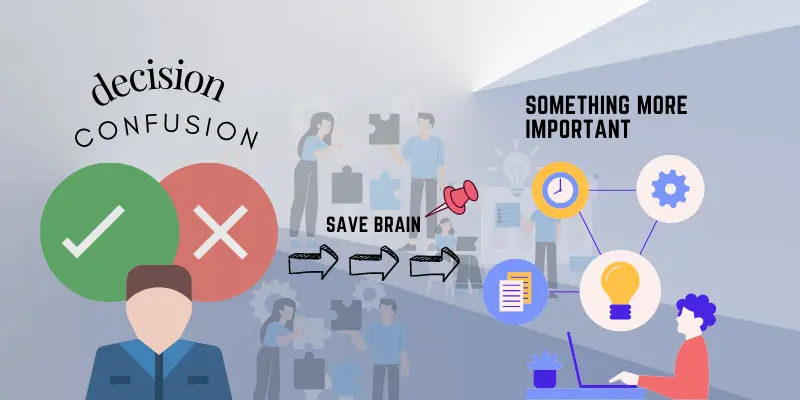In today’s fast-paced and hyperconnected world, finding moments of serenity and embracing a slower, more mindful way of life has become essential for our well-being. This blog explores the art of slow living, offering insights, practical tips, and inspiration for cultivating tranquility in the modern era.
Understanding Slow Living:
In the hustle and bustle of the modern world, the concept of slow living offers a refreshing and much-needed contrast. Slow living is not about lethargy or inactivity; rather, it’s a conscious choice to live life at a more deliberate and unhurried pace. It involves savoring the present moment, finding joy in simplicity, and prioritizing well-being over constant busyness.
At its core, slow living encourages a shift from the “more is better” mentality to one that values quality over quantity. It’s about being fully present in your daily experiences, whether it’s enjoying a cup of tea, taking a leisurely walk, or having a heartfelt conversation with a loved one. Slow living invites you to embrace the journey rather than solely focusing on the destination.
This lifestyle philosophy extends beyond just the pace of life. It encompasses mindfulness, intentional living, and a deeper connection with yourself and your surroundings. It’s a conscious rebellion against the relentless pursuit of productivity and a recognition that true fulfillment often lies in the simple, meaningful moments we tend to overlook.
Benefits of Slow Living:
Slow living isn’t just a lifestyle choice; it’s a path to a more meaningful and fulfilling existence. By embracing the principles of deliberate pacing, mindfulness, and intentional living, you can unlock a range of benefits that enhance your overall well-being. Here are some of the profound advantages of adopting a slow living approach:
- Reduced Stress: Slow living encourages you to let go of the constant rush and busyness. By taking things at a more manageable pace, you can significantly reduce stress levels and experience a greater sense of calm.
- Improved Mental Health: Slowing down allows you to be more mindful and present in your daily life. This mindfulness can lead to reduced anxiety, improved mental clarity, and enhanced emotional well-being.
- Enhanced Physical Health: Slow living often involves incorporating healthier habits into your routine. You’ll have more time for balanced meals, regular exercise, and adequate sleep, which contribute to better physical health.
- Deeper Connections: By prioritizing quality over quantity in your relationships, you can build deeper and more meaningful connections with loved ones. Spending quality time together fosters stronger bonds.
- Increased Creativity: A slower pace of life allows your mind the space to wander, fostering creativity and innovation. You’ll find more opportunities for inspiration and self-expression.
- Greater Appreciation: Slow living encourages you to savor life’s moments. You’ll find joy in everyday experiences and develop a greater appreciation for the beauty in the world around you.
- Work-Life Balance: Slow living promotes a healthier work-life balance. You’ll have time to pursue your passions, hobbies, and interests outside of work, leading to a more fulfilling life overall.
Mindfulness and Present Moment Awareness:
In a world filled with distractions and constant demands on our attention, the practice of mindfulness and present moment awareness has become a powerful antidote. These practices are foundational to the art of slow living, helping individuals fully engage with the richness of each moment and find serenity in the present.
Understanding Mindfulness: Mindfulness is the practice of being fully present and attentive to the current moment, without judgment. It involves observing your thoughts, emotions, bodily sensations, and surroundings with curiosity and acceptance. By cultivating mindfulness, you can:
- Reduce Stress: Mindfulness helps you become aware of stressors and respond to them with calmness, rather than reacting impulsively.
- Enhance Focus: It improves your ability to concentrate on tasks and remain engaged with what you’re doing.
- Improve Emotional Regulation: Mindfulness empowers you to acknowledge and manage your emotions effectively, leading to greater emotional resilience.
- Boost Well-Being: Regular mindfulness practice has been linked to increased overall well-being and life satisfaction.
Practical Tips for Mindfulness:
- Meditation: Dedicate a few minutes each day to meditation, focusing your attention on your breath or a specific sensation. This practice can be done anywhere, anytime.
- Body Scan: Perform a body scan by mentally checking in with each part of your body, starting from your toes and moving up to your head. Notice any tension or discomfort and let it go.
- Mindful Eating: Savor your meals by eating slowly, paying attention to the flavors, textures, and smells of your food.
Nature and Outdoor Activities:
In the midst of our fast-paced, technology-driven lives, the call of nature and outdoor activities beckons us to slow down, breathe deeply, and rediscover the beauty of the natural world. Engaging with nature is a core component of the slow living philosophy, offering profound benefits for both our physical and mental well-being.
The Importance of Nature Connection:
- Stress Reduction: Spending time in nature has been shown to reduce stress levels, lower blood pressure, and promote relaxation. The sights and sounds of the natural world have a soothing effect on our nervous system.
- Improved Mood: Nature exposure has a positive impact on our mood and emotional well-being. It can reduce symptoms of anxiety and depression, promoting a sense of calm and contentment.
- Enhanced Creativity: Nature’s diverse landscapes and sensory experiences can spark creativity and inspiration.
- Physical Health: Outdoor activities like hiking, cycling, or simply walking in nature provide opportunities for exercise and physical well-being. Fresh air and natural light contribute to overall health.
- Mindfulness: Nature encourages us to be present in the moment, observing the intricate details of the world around us. This fosters mindfulness and a deeper connection to the present.
Practical Tips for Embracing Nature:
- Nature Walks: Dedicate time for regular walks in parks, forests, or natural reserves. Pay attention to the sights, sounds, and sensations of the environment.
- Outdoor Recreation: Engage in outdoor activities that align with your interests, whether it’s camping, birdwatching, gardening, or stargazing.
- Digital Detox: When spending time in nature, consider a digital detox by leaving your devices behind or using them sparingly. This allows you to fully immerse yourself in the experience.
- Mindful Observation: Practice mindful observation by focusing on a specific element of nature, such as watching the movement of leaves, the flow of a river, or the growth of plants.
- Nature Journaling: Keep a nature journal to record your experiences, observations, and thoughts during outdoor excursions.
The Healing Power of Outdoor Activities:
- Hiking: Exploring hiking trails allows you to connect with the natural world while enjoying physical exercise. It’s an excellent way to escape the urban hustle and find solace in the wilderness.
- Camping: Camping provides a unique opportunity to disconnect from technology and immerse yourself in the rhythms of nature. The simplicity of camp life encourages a slower pace.
- Gardening: Cultivating your own garden, whether it’s a small plot or a window box, allows you to nurture plant life and enjoy the therapeutic benefits of gardening.
- Stargazing: Watching the night sky, identifying constellations, and contemplating the vastness of the universe can be a profoundly humbling and awe-inspiring experience.
- Wildlife Observation: Observing wildlife in their natural habitats fosters a deeper appreciation for the interconnectedness of all living beings.
Digital Detox and Unplugging:
In an era dominated by screens, notifications, and constant connectivity, the practice of a digital detox and intentional unplugging has emerged as a vital aspect of slow living. It offers a respite from the ceaseless digital barrage, allowing individuals to reconnect with themselves, their surroundings, and the present moment.
Understanding Digital Detox:
A digital detox involves consciously reducing or eliminating the use of digital devices and technology for a specified period. It’s an opportunity to step away from screens, social media, emails, and the virtual world to regain clarity, reduce stress, and cultivate a deeper sense of presence. Benefits of digital detox include:
- Improved Sleep: Reduced screen time, especially before bedtime, can lead to better sleep quality and more restful nights.
- Enhanced Productivity: Distractions from digital devices can hinder productivity. Detox periods can help you focus on tasks and accomplish more.
- Mental Clarity: Disconnecting from the digital realm allows your mind to declutter and reset, leading to improved mental clarity and reduced overwhelm.
- Greater Presence: Digital detox promotes mindfulness, enabling you to be fully present in your surroundings and interactions with others.
- Stress Reduction: The constant flow of information and notifications can induce stress. Detoxing provides relief from this digital-induced stress.
Practical Tips for Digital Detox:
- Designate Tech-Free Zones: Create spaces in your home or workplace where digital devices are not allowed, such as the dining table or the bedroom.
- Set Boundaries: Establish specific times during the day when you’ll be device-free, such as during meals or the first hour after waking up and before bedtime.
- Turn Off Notifications: Disable non-essential notifications on your devices to reduce interruptions and the compulsion to check constantly.
- Plan Screen-Free Activities: Incorporate screen-free activities into your routine, such as reading a physical book, practicing a hobby, or engaging in outdoor pursuits.
- Use Apps Wisely: Explore apps and tools designed to help you monitor and manage screen time. Some apps can track your usage and provide reminders to take breaks.
The Art of Unplugging:
Unplugging goes beyond a temporary detox; it’s about establishing a balanced and sustainable relationship with technology. Key principles of unplugging include:
- Mindful Consumption: Be intentional about when and why you use technology. Avoid mindless scrolling and instead use digital devices for purposeful activities.
- Quality Over Quantity: Prioritize meaningful online interactions and content consumption over a high volume of screen time.
- Digital Sabbaticals: Periodically take extended breaks from technology, such as a weekend without screens or an annual digital sabbatical.
- Reconnect with Analog: Embrace analog activities like reading physical books, writing with pen and paper, or engaging in face-to-face conversations.
- Set Digital Boundaries: Establish clear boundaries for technology use in both personal and professional contexts.
The Future of Slow Living:
As the world continues to evolve at an ever-increasing pace, the concept of slow living remains a poignant response to the relentless whirlwind of modern life. While rooted in timeless principles, slow living adapts and thrives in the face of change, offering a path to greater well-being and sustainability in the future.
Key Aspects of Slow Living’s Future:
- Sustainable Lifestyles: Slow living aligns seamlessly with the growing global emphasis on sustainability. It champions mindful consumption, reducing waste, and making eco-conscious choices. In the future, sustainable living practices will be essential for addressing environmental challenges.
- Digital Balance: As technology continues to advance, the need for digital balance and screen time management will become increasingly vital. Slow living principles will guide individuals in cultivating healthier relationships with technology.
- Well-Being Focus: Slow living places a strong emphasis on mental and physical well-being. In an era marked by rising stress and mental health concerns, the future will see an even greater focus on well-being as a core component of a fulfilling life.
- Local and Community Engagement: The future of slow living includes a revival of local communities and support for small businesses. Building strong community connections fosters a sense of belonging and resilience.
- Mindful Consumption: The “buy less, choose well” ethos of slow living will gain prominence as consumers seek quality over quantity. This shift will contribute to reducing overconsumption and its associated impacts.
- Nature Reconnection: The importance of spending time in nature will grow as people recognize its role in mental and physical health. Nature-centered activities will become a central element of slow living.
- Work-Life Balance: Slow living principles will influence the workplace, leading to greater emphasis on work-life balance, remote work options, and flexible schedules. Employers will recognize that well-rested and balanced employees are more productive and creative.
- Mindfulness and Present Moment Awareness: As the pace of life accelerates, mindfulness and present moment awareness will become essential tools for maintaining mental clarity and reducing stress.
FAQS:
Ques: What exactly is slow living, and how does it differ from our fast-paced lifestyle?
Ans: Slow living is a lifestyle philosophy focused on savoring life’s moments, reducing stress, and prioritizing well-being. It’s a conscious choice to live at a more relaxed and intentional pace, contrasting with the constant rush and busyness of modern life.
Ques: What are the benefits of embracing a slow living approach in today’s hectic world?
Ans: Slow living offers numerous benefits, including reduced stress, enhanced mental and physical health, improved relationships, increased mindfulness, and a greater sense of fulfillment in daily life.
Ques: How can I incorporate mindfulness into my daily routine to promote a slower, more deliberate lifestyle?
Ans: Mindfulness can be practiced through meditation, deep breathing exercises, or simply by being fully present in your daily activities.
Ques: What are some practical tips for decluttering and embracing minimalism as part of a slow living lifestyle?
Ans: Start small by decluttering one area at a time. Ask yourself if an item brings you joy or serves a purpose.
Ques: How can I effectively manage my time and prioritize activities to slow down my pace of life?
Ans: Time management techniques like setting boundaries, creating to-do lists, and prioritizing tasks can help. Consider saying “no” to commitments that don’t align with your values and goals to free up time for what matters most.
Conclusion:
The art of slow living offers a pathway to finding serenity and balance amid the rapid pace of modern life. By embracing the principles of mindfulness, minimalism, and a deeper connection with ourselves and our surroundings, we can lead more fulfilling and tranquil lives in today’s bustling world.




